Description
Xiaomi, a renowned consumer electronics company, has just launched its latest version of the smartwatch, the Xiaomi Mi Band 5. This new entrant into the wearable technology market has already gained the attention of tech enthusiasts and fitness enthusiasts alike, and for good reason. In this article, we will analyze some of the features that make Xiaomi Mi Band 5 an exceptional smartwatch.
Design
The Xiaomi Mi Band 5 smartwatch has a sleek design, which is both fashionable and functional. The watch is fitted with a 1.1-inch AMOLED display screen that is protected with 2.5D tempered glass, making it sturdy enough to withstand knocks and scratches. The straps of the watch are made of TPU material that is soft, comfortable, and sweat-resistant, thus ensuring it remains snug on the wrist even during intense workouts.
Fitness Features
The Xiaomi Mi Band 5 smartwatch is equipped with fitness features that enable users to monitor their health and fitness activities accurately. The watch comes with a 24-hour heart rate monitor that alerts you when your heart rate exceeds your normal rate. It also has a sedentary reminder that reminds you to move around after sitting for an extended period.
The Xiaomi Mi Band 5 also has 11 sports modes that are ideal for tracking various sporting activities, including running, cycling, swimming, and yoga. The watch is also equipped with a PAI (Personal Activity Intelligence) health analysis, which accurately calculates your daily activities to provide insights into your health, fitness, and well-being.
Battery Life
Xiaomi has increased the battery life of the Mi Band 5 to an impressive 14 days on a single charge. This new battery life is significant, given that it is longer than what most smartwatches offer. The watch also features a magnetic charging dock that easily snaps onto the back of the watch to charge it.
Additional Features
The Xiaomi Mi Band 5 also comes with other impressive features, including an NFC-enabled version, which allows contactless payments. The watch is also equipped with a remote-camera control feature, which lets you take photos without having to touch your phone. Other features include notification alerts, weather forecasting, music control, and device locator.
Conclusion
Overall, the Xiaomi Mi Band 5 smartwatch is an excellent option for anyone looking for a reliable and affordable watch that can monitor their health and fitness activities. The sleek design, long battery life, and multiple features make it stand out among its competitors. For those on a budget, this affordable yet feature-packed smartwatch is an excellent choice.
Xiaomi Mi Band 5 properties
| Product name | Mi Band 5 |
| Brand | Xiaomi |
| Type | Activity Trackers |
| Series | Xiaomi Mi Band |
| Sports | Cycling, Fitness, Multisport, Running, Swimming, Triathlon |
| Battery Type | Li-polymer |
| Battery Size | 125 mAh |
| Features | Accelerometer, Gyroscope, Sleep Tracking |
| USB | No |
| Screen Type | OLED (AMOLED) |
| Colour Screen | Yes |
| Screen Size | 1.1 inches |
| Heart Rate Monitor | Built-In |
| Colour (Watch) | Black |
| Colour (Strap) | Black, Green, Orange, Yellow |
| Material (Watch) | Plastic |
| Water Resistant | Yes |
| Water Resistant (Classification) | 5 ATM (50m) |
| Smartphone Compatibility | Android, iPhone |
| Wireless Communication | Bluetooth |
| Bluetooth Version | 5.0 |
| Weight | 23 g |

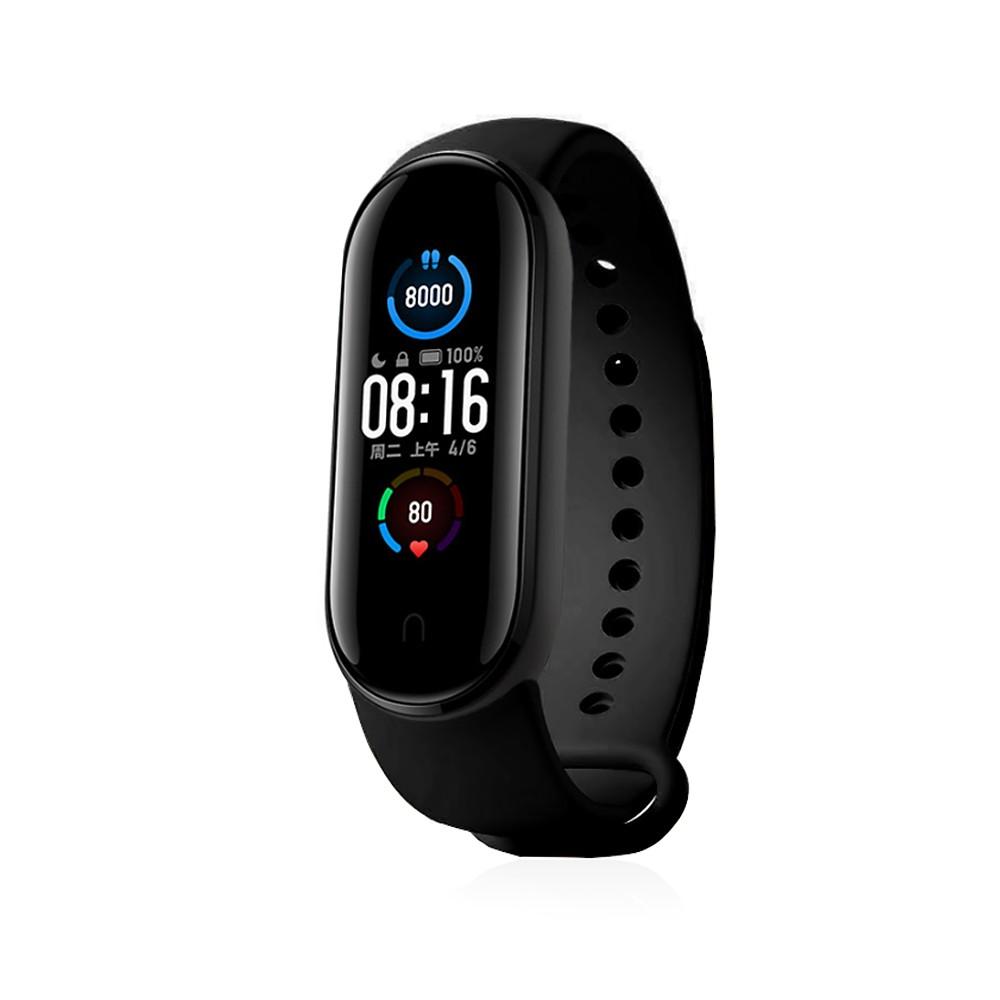
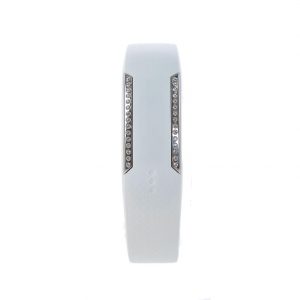
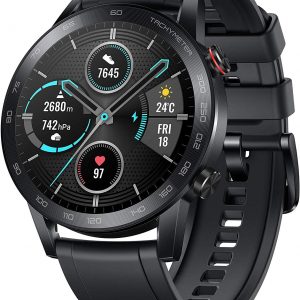
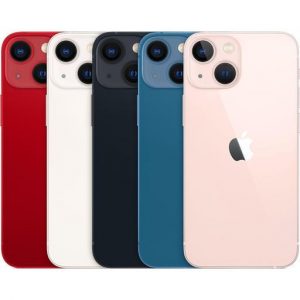
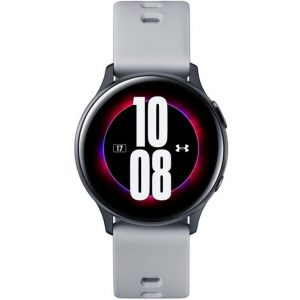
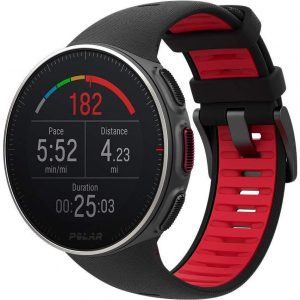
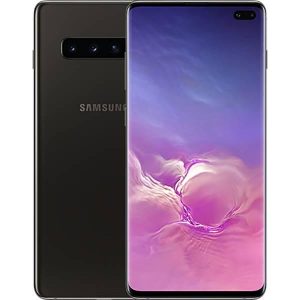
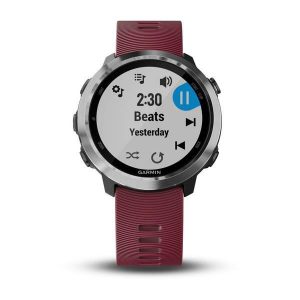
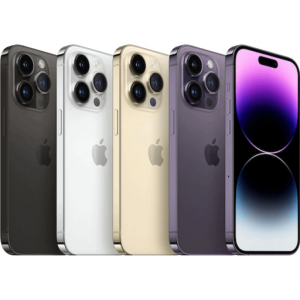
Reese –
DACLab’s approach to carbon capture by repurposing existing industrial technologies is an intriguing example of how innovation often emerges from rethinking old systems. It’s a reminder that solutions don’t always require starting from scratch sometimes, they’re about refining what already exists. This curiosity about efficiency and cost reduction parallels the experience with a wearable device acquired in August, which, while not meeting all expectations, offered enough unique features to warrant further exploration. The purchase was motivated by a desire for a reliable activity tracker that could seamlessly integrate into daily life, especially during meals like spinach and sweet potato quesadillas something that required both functionality and durability.
The device’s battery life stood out, lasting significantly longer than expected, even with continuous use of GPS and heart rate monitoring. Its screen, though not the largest on the market, offered a vibrant AMOLED display that adapted well to outdoor conditions, making it easier to track steps or view notifications during hikes or runs. The integration of third-party apps was another highlight, allowing for more personalized health metrics than standard wearables typically provide. However, the device’s software occasionally lagged in updating features, which led to frustration when trying to sync data with newer applications.
A humorous anecdote involving a general manager and this wearable came up during a meeting where the GM accidentally triggered a notification while discussing a critical project, causing a brief but awkward pause as everyone turned to look at their wrist only to realize it was the device’s reminder for a routine health checkup. It was a small moment, but it underscored how deeply such devices can weave into professional and personal routines.
While the technical aspects of this wearable are commendable, particularly its use of advanced sensors for blood oxygen and stress tracking, it falls short in areas like customization and compatibility with certain ecosystems. This raises questions about whether the device’s unique features could influence future trends in wearables or even impact job markets as discussed in a recent article on artificial intelligence’s role in employment shifts (https://tersel.eu/job-market/employment-shifts-because-of-artificial-intelligence/). Could such technologies, which balance innovation with practicality, redefine roles in industries where efficiency and adaptability are paramount? It’s worth considering how these devices might either complement or compete with AI-driven systems in the workplace.
The DACLab news also prompts a broader inquiry: as companies like DACLab lower costs through repurposed technology, could similar strategies be applied to wearable tech to make it more accessible while maintaining performance? This intersection of environmental innovation and consumer electronics invites speculation about how future devices might evolve not just in function, but in their ability to align with global priorities like sustainability. Whether this wearable will remain a staple or fade into the background depends on whether its developers can address its shortcomings without compromising its core strengths.
Adriel Lane –
During my recent vacation, I impulsively purchased the Xiaomi Mi Band 5 from an online shop a decision that has since been vindicated by its performance and versatility. The black strap exudes a sleek, minimalist aesthetic that pairs effortlessly with both casual and formal attire, making it a wearable piece of technology rather than just a fitness tracker. At first glance, it’s easy to dismiss budget wearables as inferior, but the Mi Band 5 challenges that narrative with features like accurate heart rate monitoring, sleep analysis, and a battery life that outlasts many competitors. Today’s headlines bemoan the “decline of affordable tech,” yet here lies proof that Xiaomi has mastered the art of delivering professional-grade functionality without the price tag of high-end alternatives. For amateurs, it’s a gateway to health consciousness tracking steps and calories with ease but for professionals, it becomes indispensable when paired with apps like Strava or MyFitnessPal, unlocking GPS-enabled running routes or stress monitoring during work hours. The Mi Band 5 isn’t just a tool; it’s a catalyst for redefining how we interact with technology in daily life why settle for less when this device proves that affordability and precision can coexist?